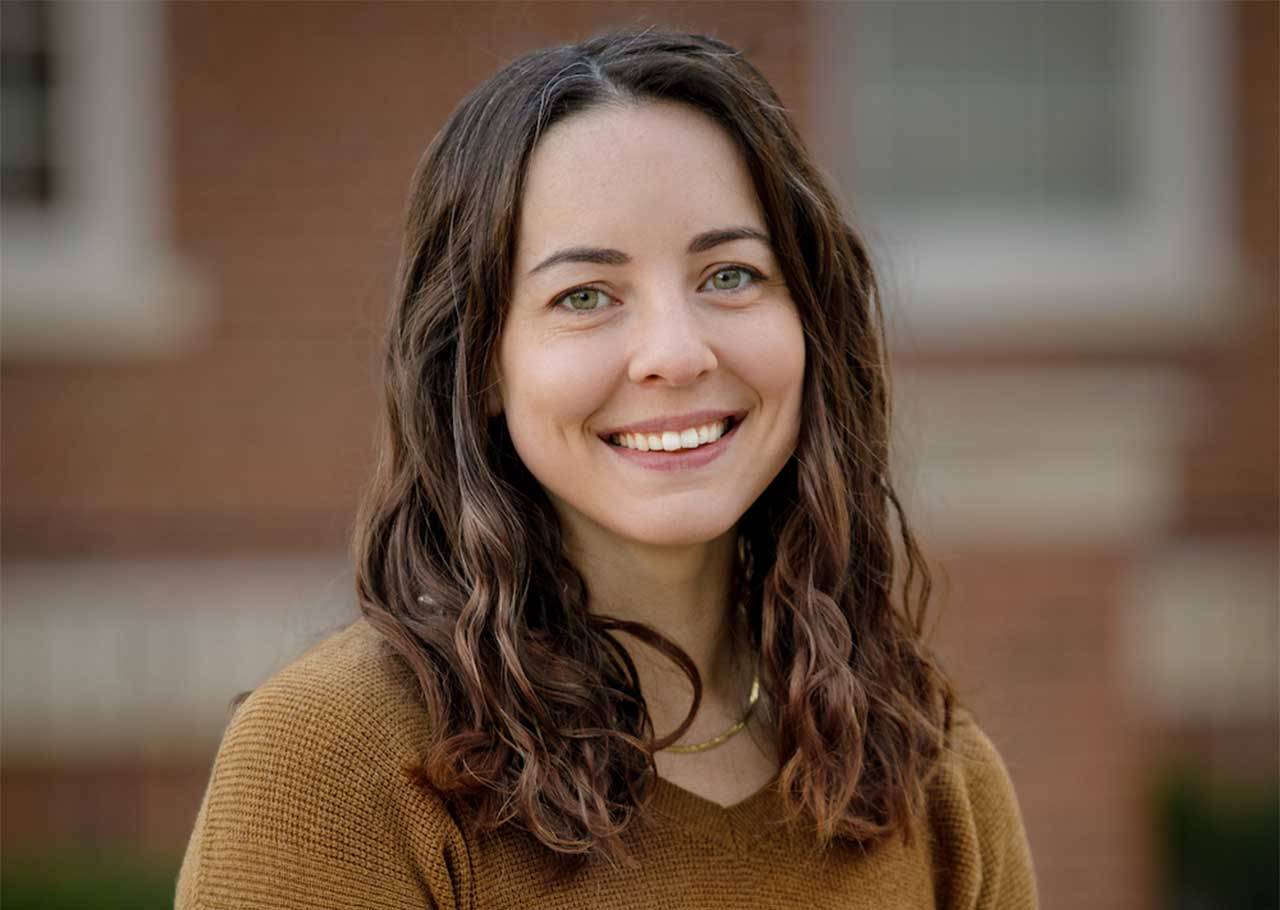Dr. Saber Brasher
Department of Geography
Atmospheric science is a rapidly evolving field, where climate and environmental changes add an element of time sensitivity to many topics within the discipline. The atmosphere behaves as a fluid does, meaning a ripple in one location can be detected in places far away from the initial forcing. Energy receipt at the top of the atmosphere is relatively predictable over long time scales, but how that energy behaves within the Earth system is highly dependent on what it interacts with (the atmosphere) on its journey to the surface (which is not homogenous and is quite variable). The composition of the atmosphere and the distribution of different land cover types has changed significantly over time, which means the way energy (which manifests as weather systems, precipitation changes, increased heat, etc.) moves has too.
Dr. Saber Brasher is an assistant professor who joined the geography department in 2022 after completing her Ph.D. in climatology at the University of Delaware. Her research program is built around understanding the relationships between atmospheric behavior and environmental changes at the Earth’s surface. She has studied how cryosphere components (snow cover and sea ice) have changed regionally via spatial categorization and linked these changes to atmospheric dynamics and teleconnections. She has also investigated how different states of the atmosphere can make streamflow modelling less accurate, how well different agricultural tools estimate evapotranspiration under variable weather scenarios, changes in precipitation magnitude and frequency along with implications for estimating flooding return frequencies, among other applied climate topics.
The research questions that interest her the most tend to involve atmospheric dynamics and water and she is particularly interested in studies that emphasize the atmosphere as the “forcer” for changes in the environment (land cover, water bodies, biodiversity) and synergistically how the environment responds to such forcing. Her research program emphasizes time sensitive — changes in the cryosphere are happening rapidly, especially in high latitude locations near the Arctic — or societally relevant — streamflow and precipitation changes directly impact water availability and flooding hazards— topics. Continuing this theme, her most recently funded project will investigate rural resilience to climate change in Oklahoma, Louisiana and Nebraska communities with a team of co-PIs in all three states as a part of an interdisciplinary NSF-funded EPSCoR Track II award.
She is also a sucker for pretty data visualizations and data exploration, and she does 99% of her work in R. She is a first-generation college student and makes a point to involve research in all her courses — even at the undergraduate level— to demystify the process and hopefully make it less intimidating (and maybe fun?)! The more students she can teach climate science and scientific literacy to and that she can get to pay more attention to the sky and a why the weather works the way it does, the better.
When not doing any of the above, you can probably find her enjoying the great outdoors (running, hiking, kayaking, photographing birds, you name it) with her husband Erik and their Australian Shepherd River.

